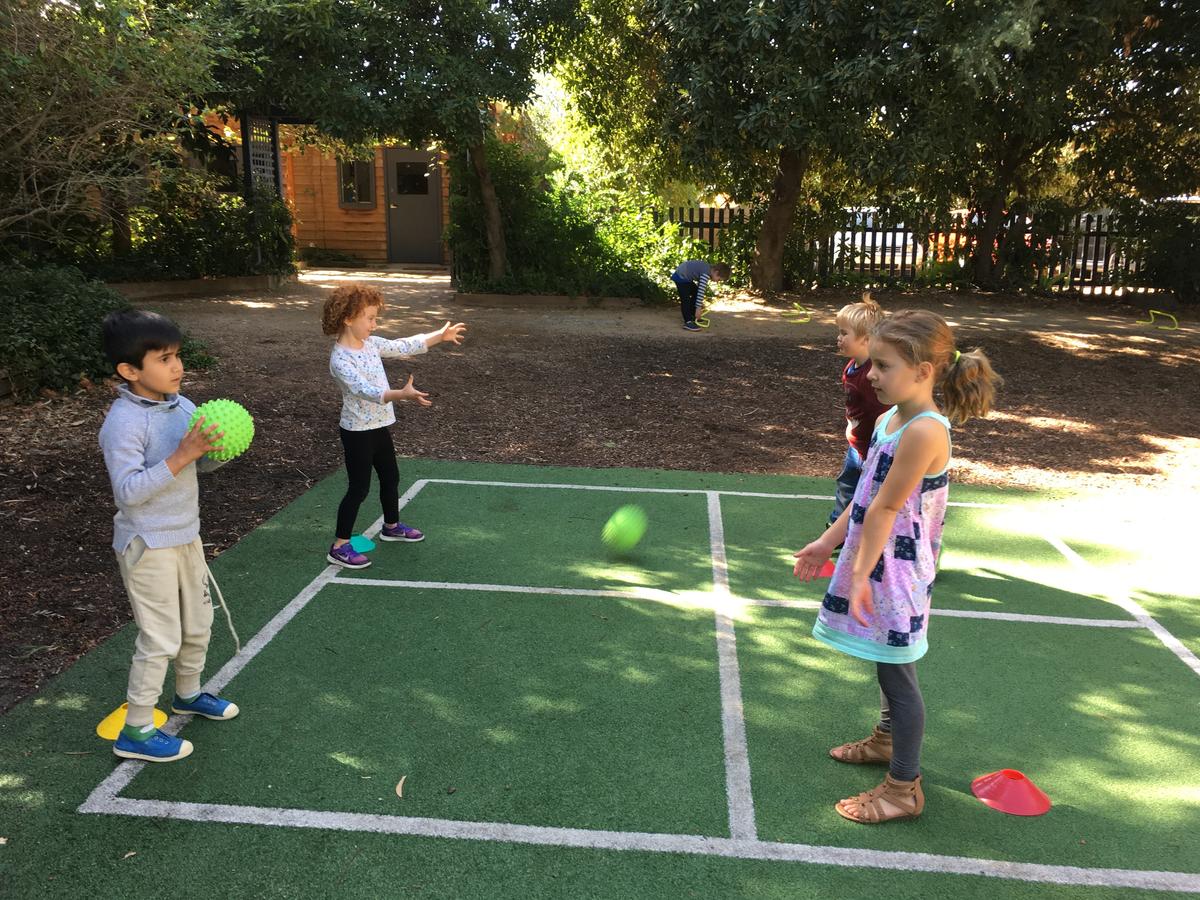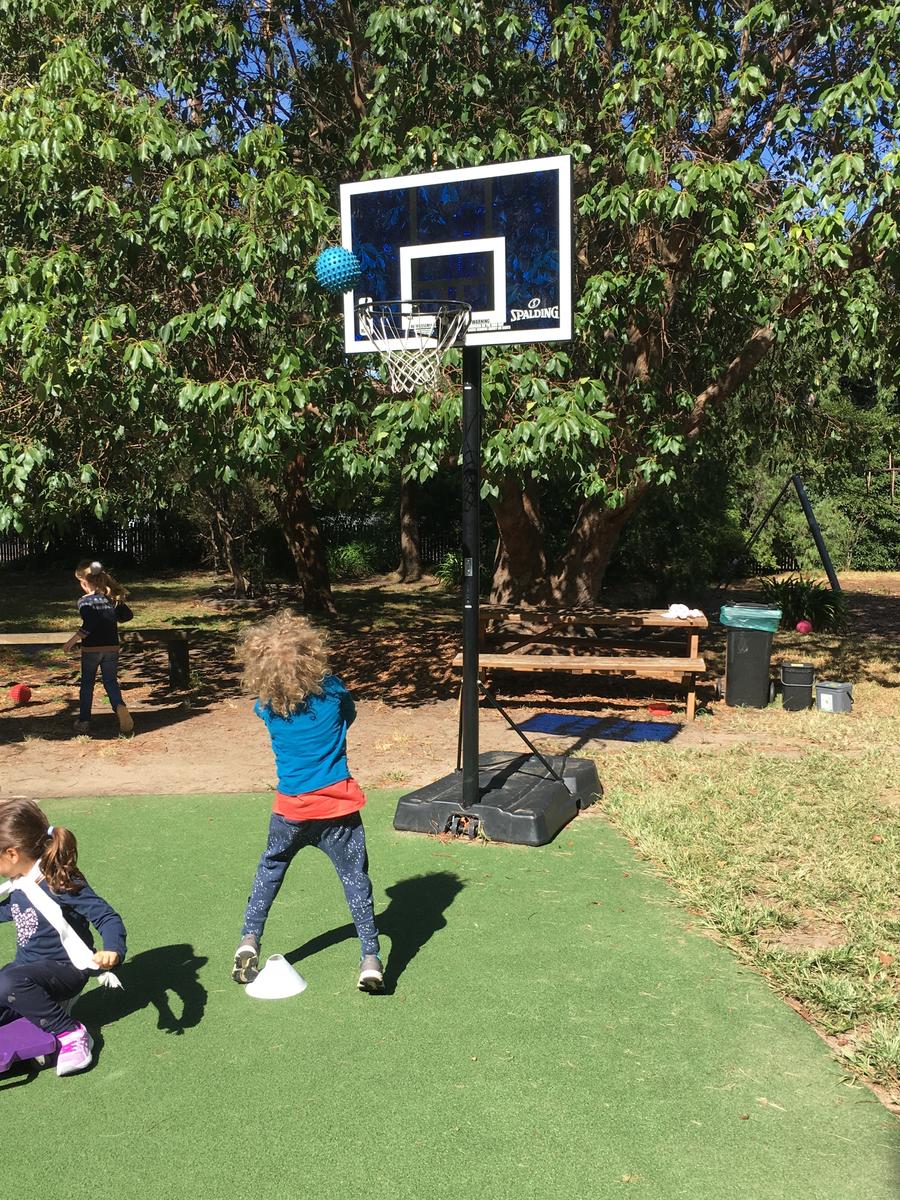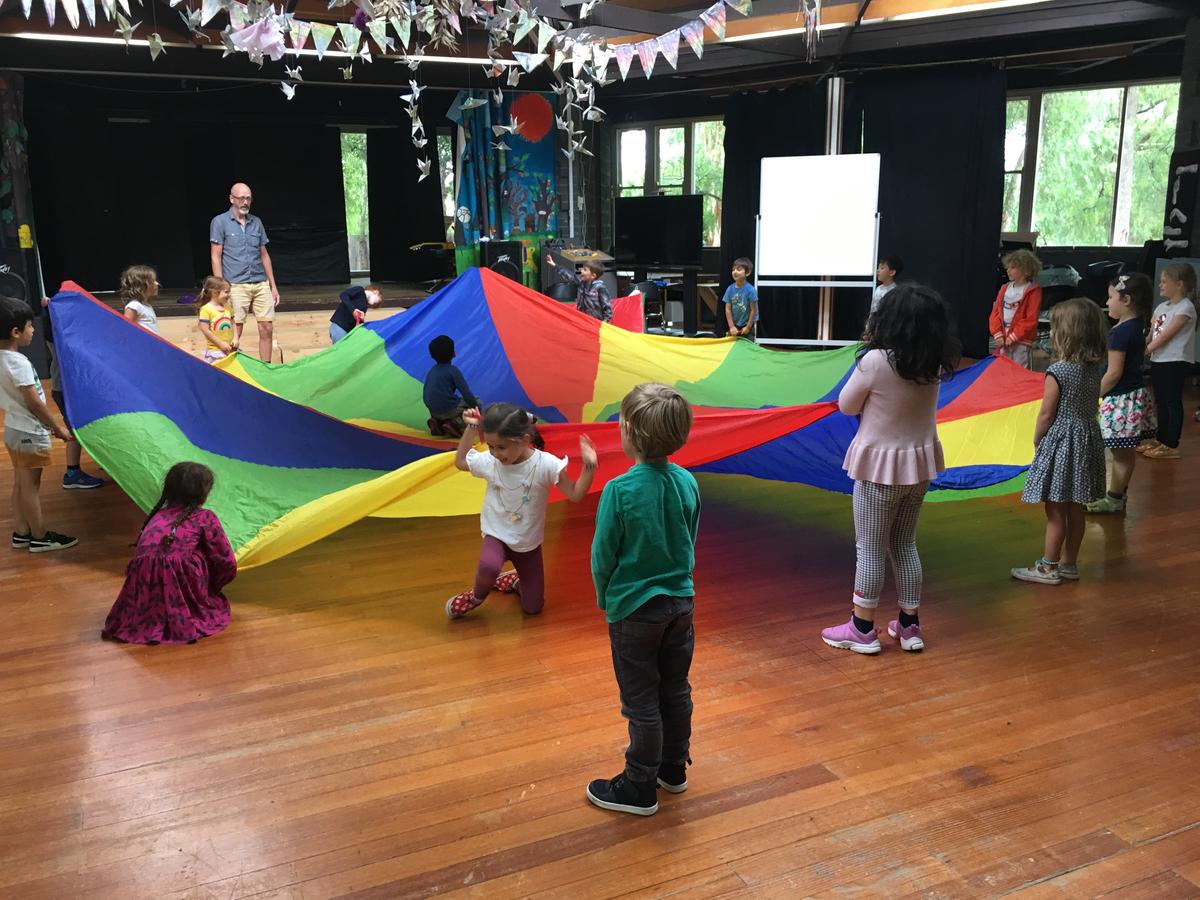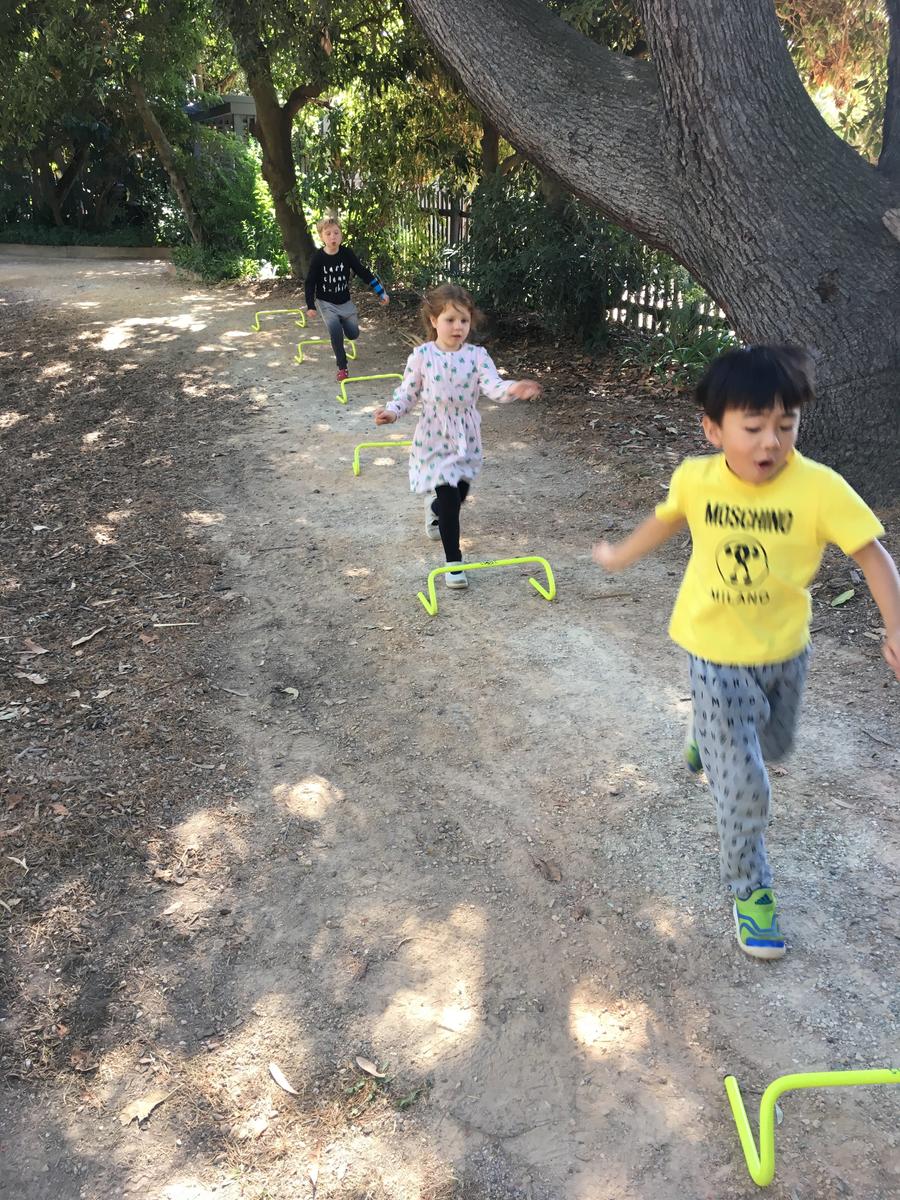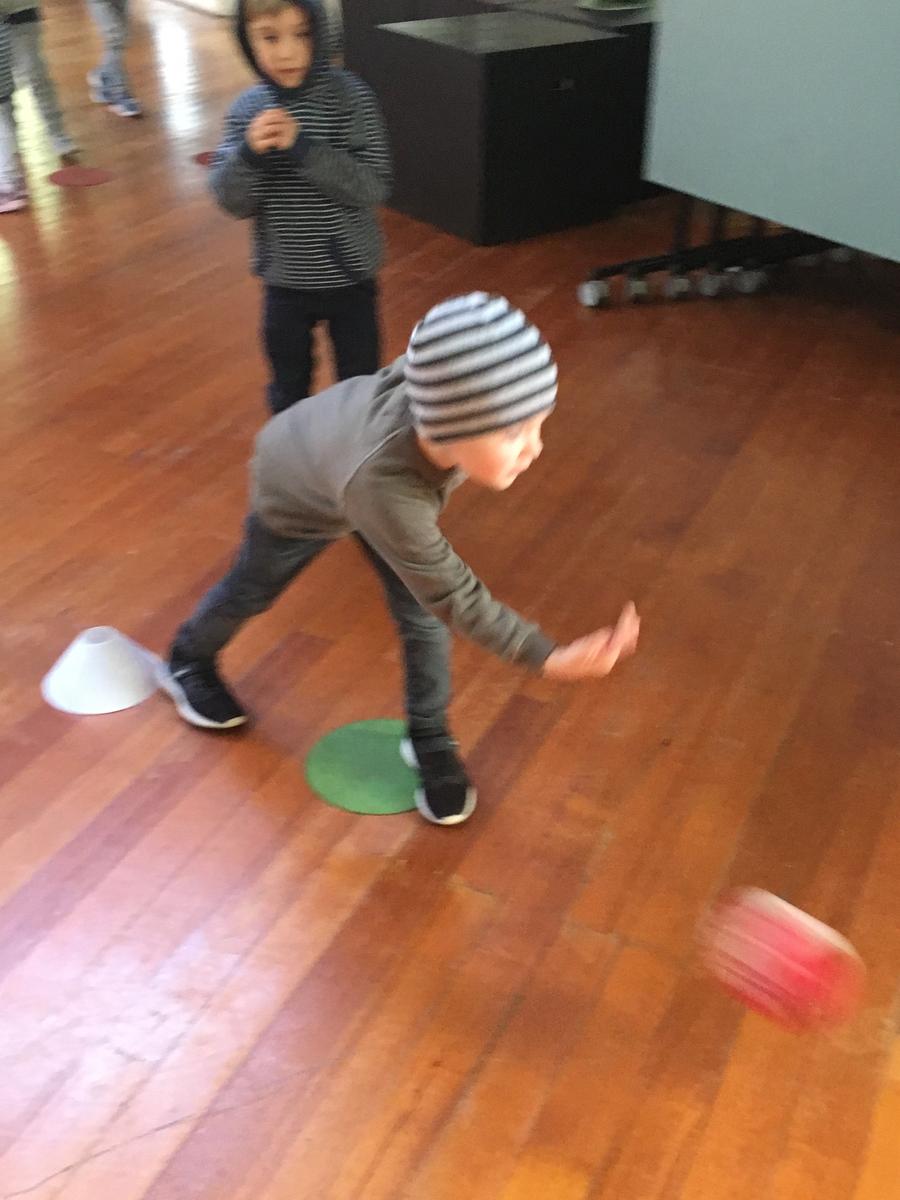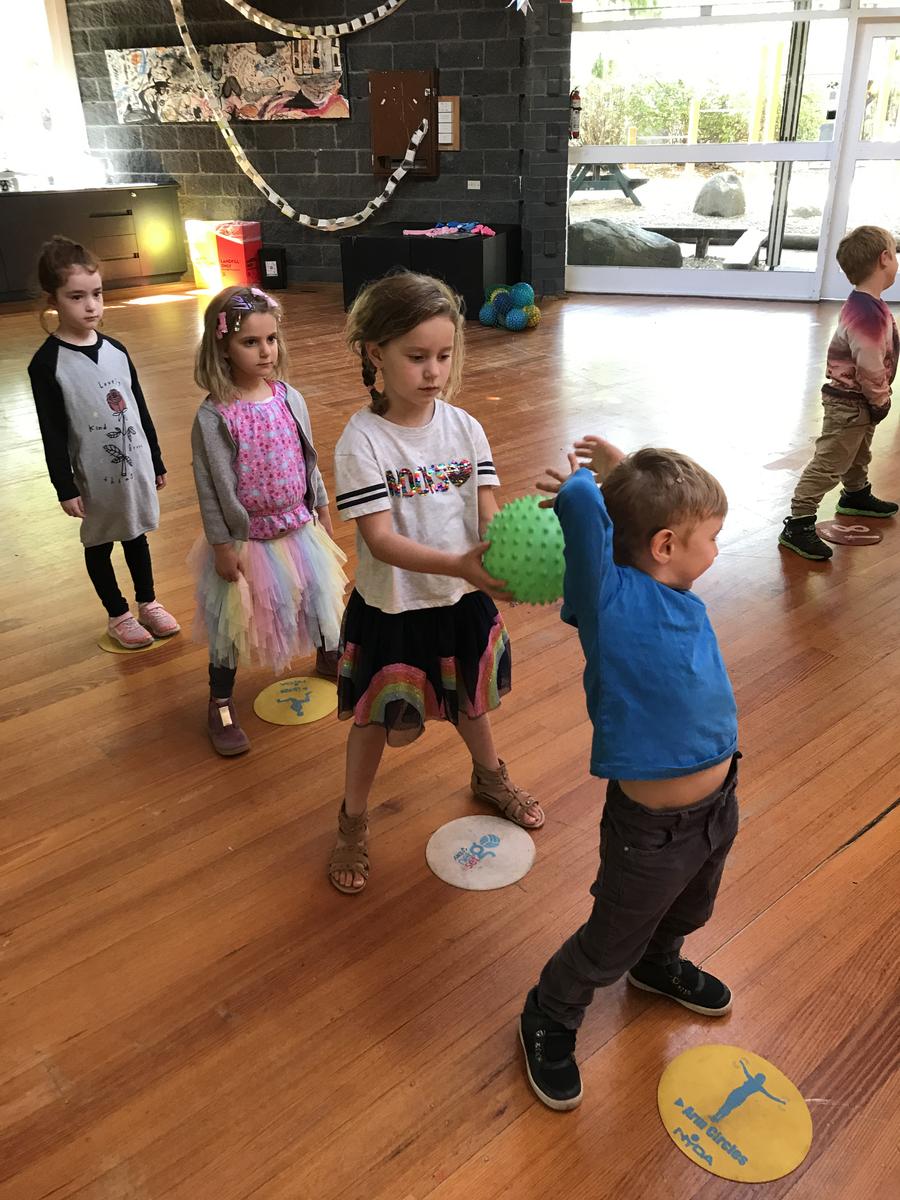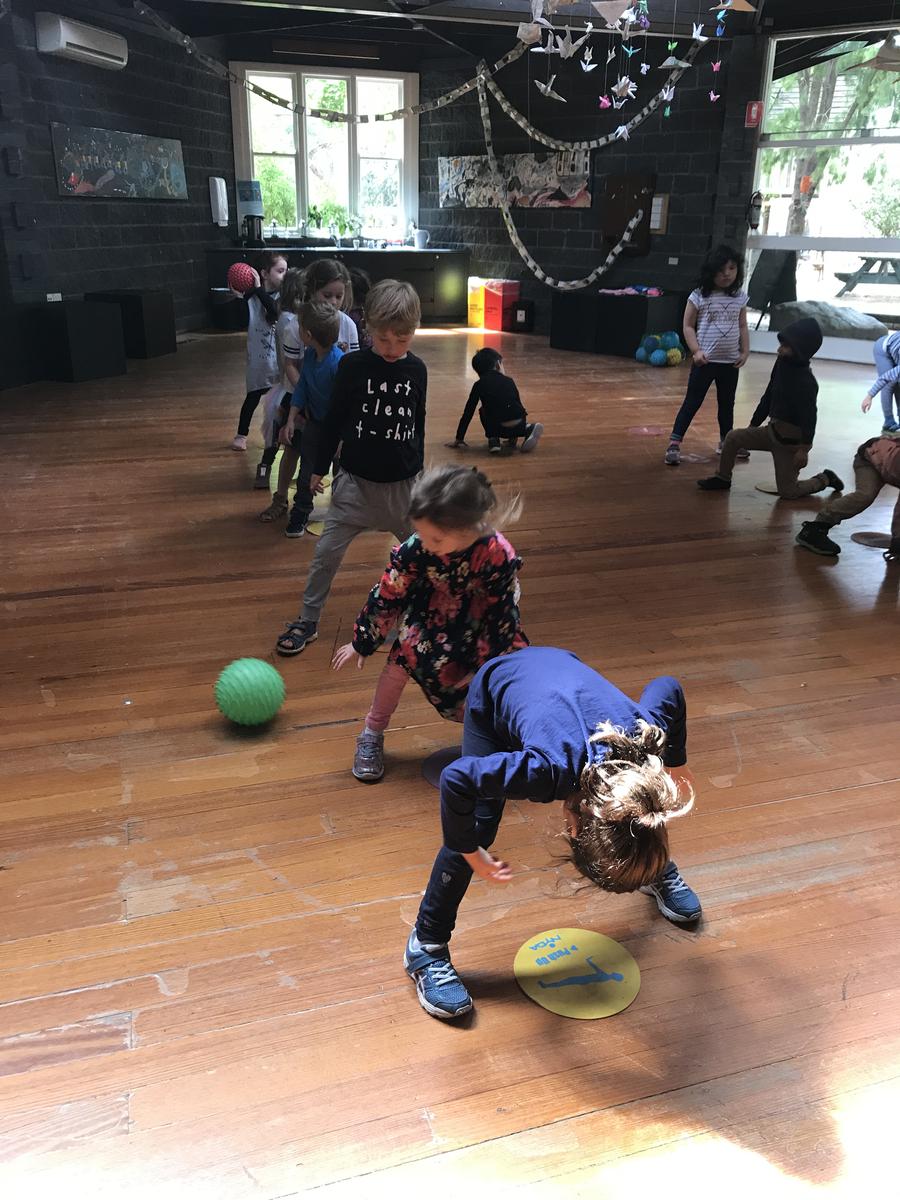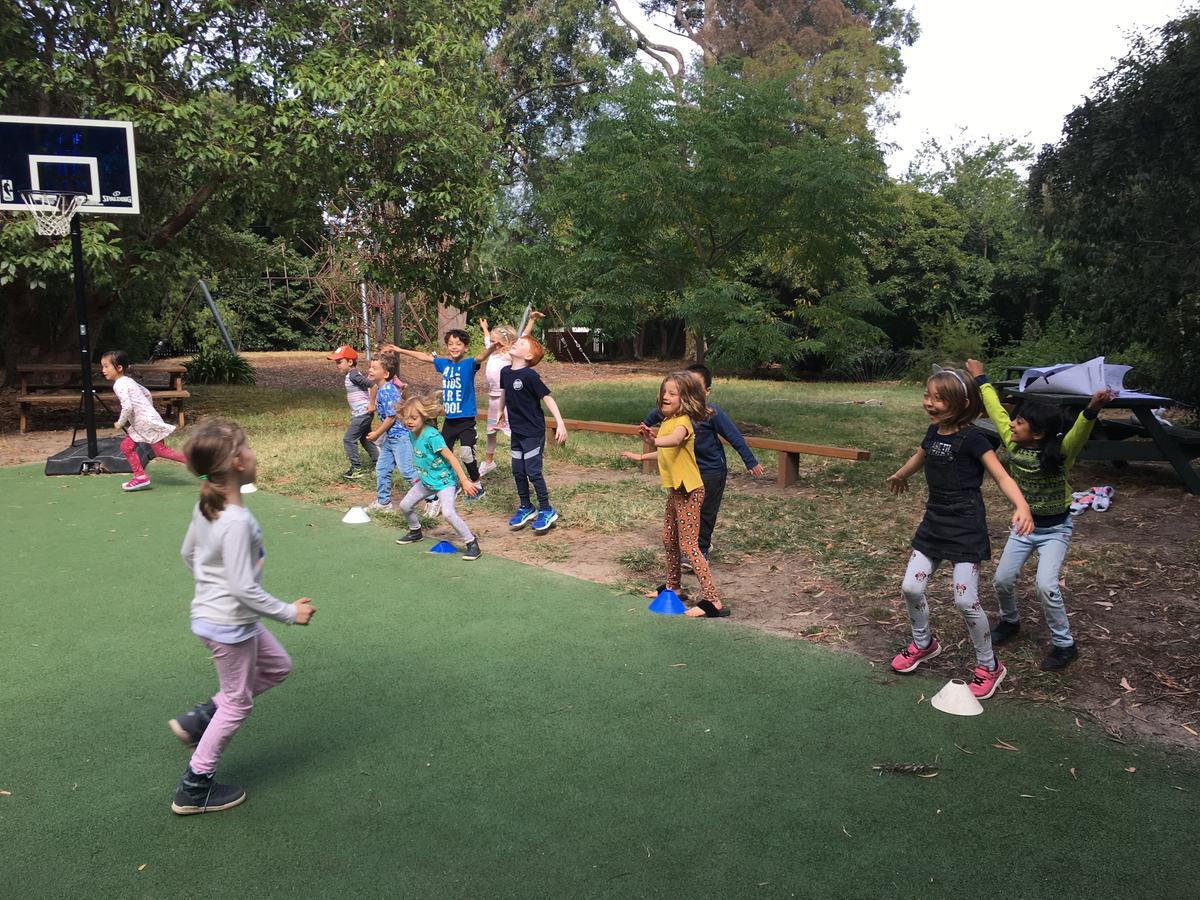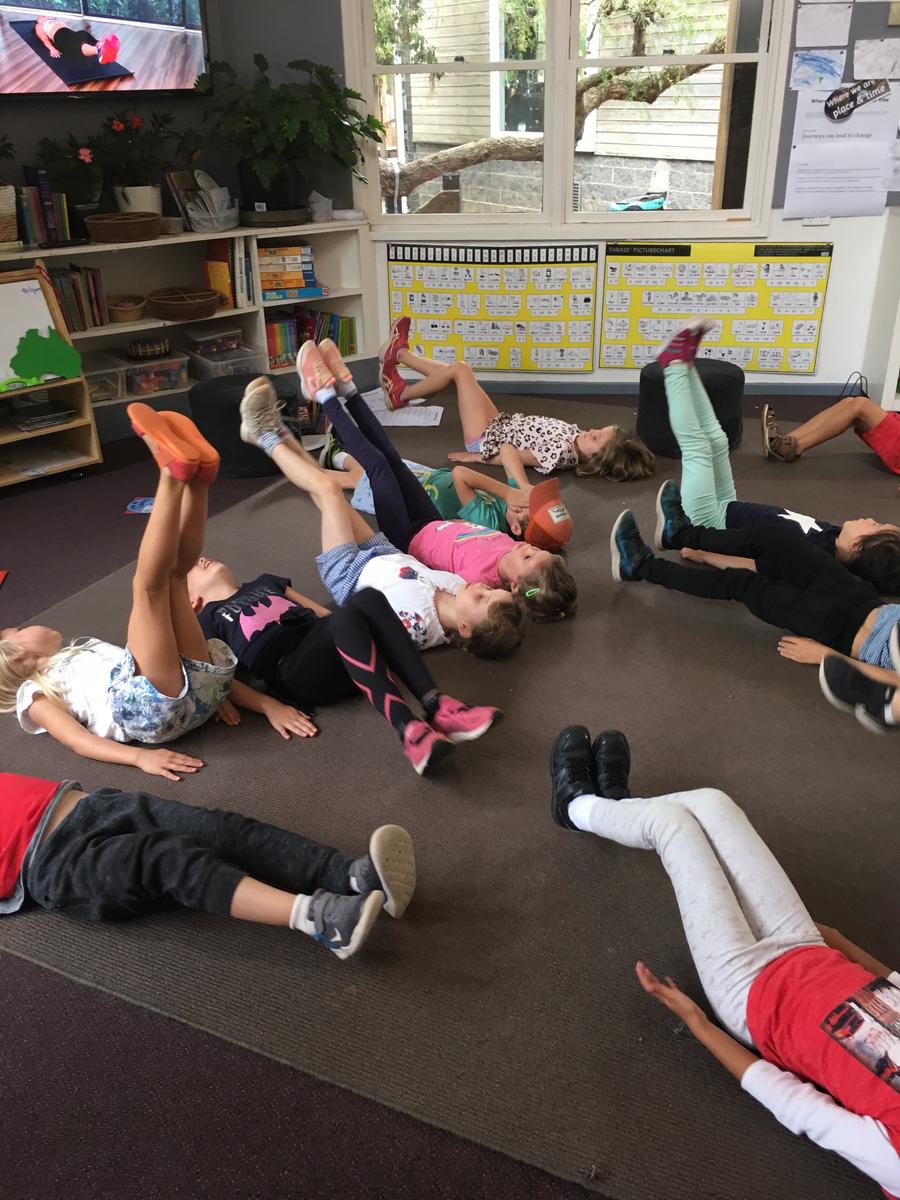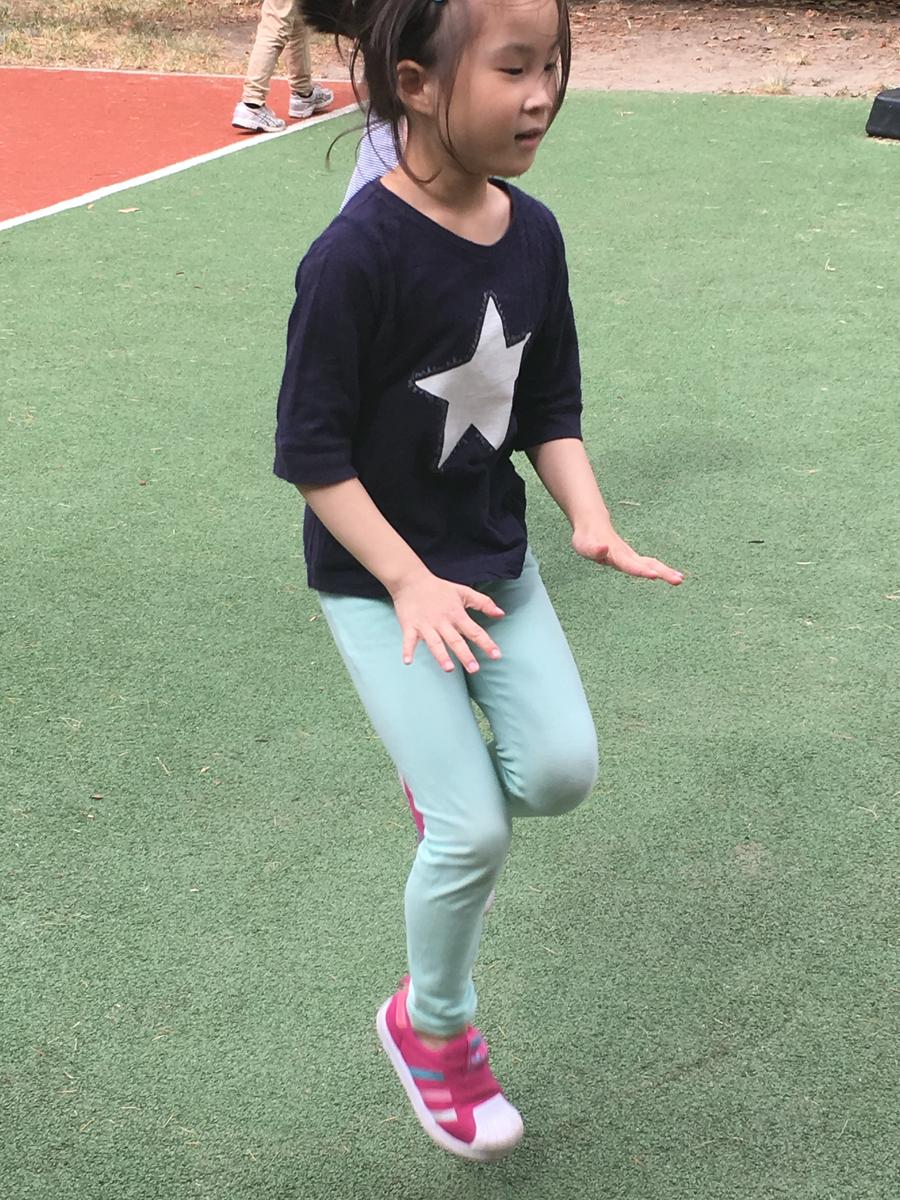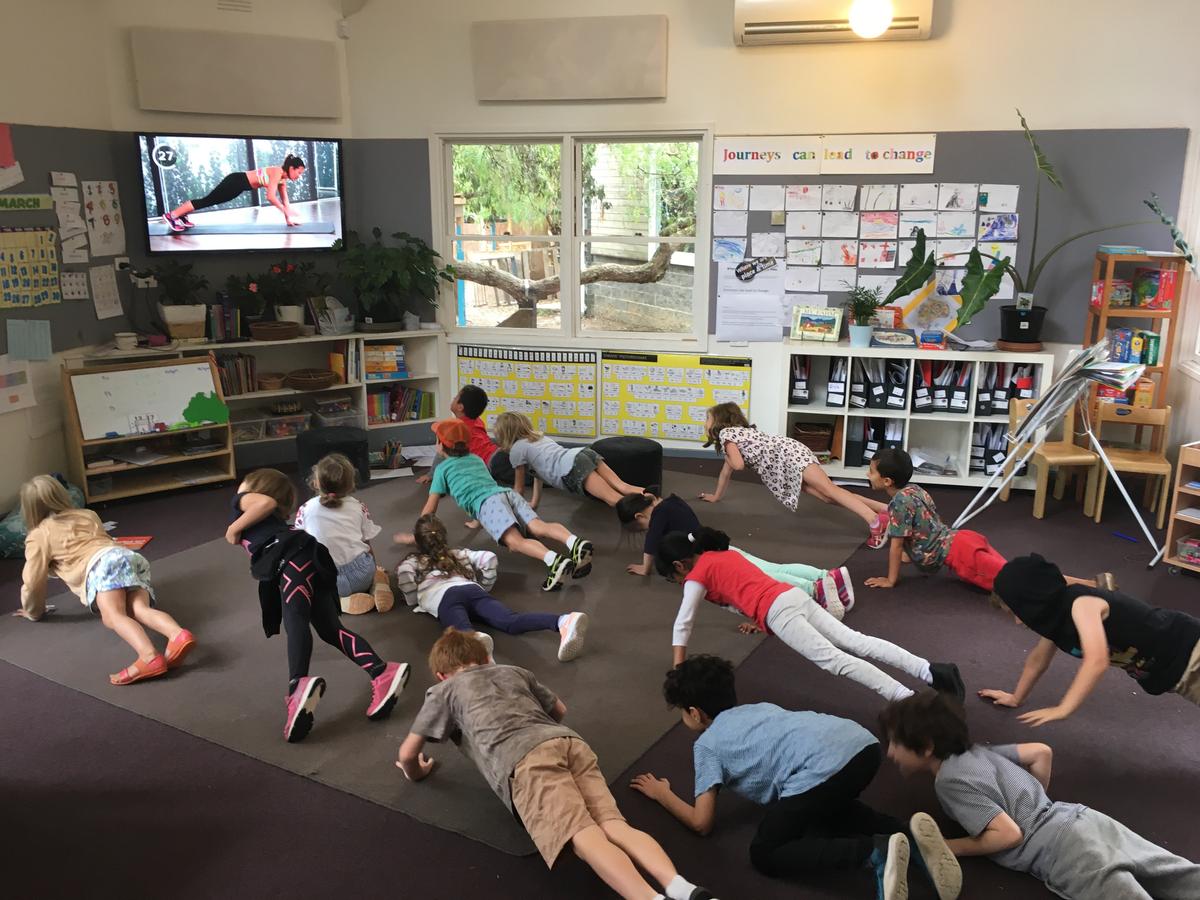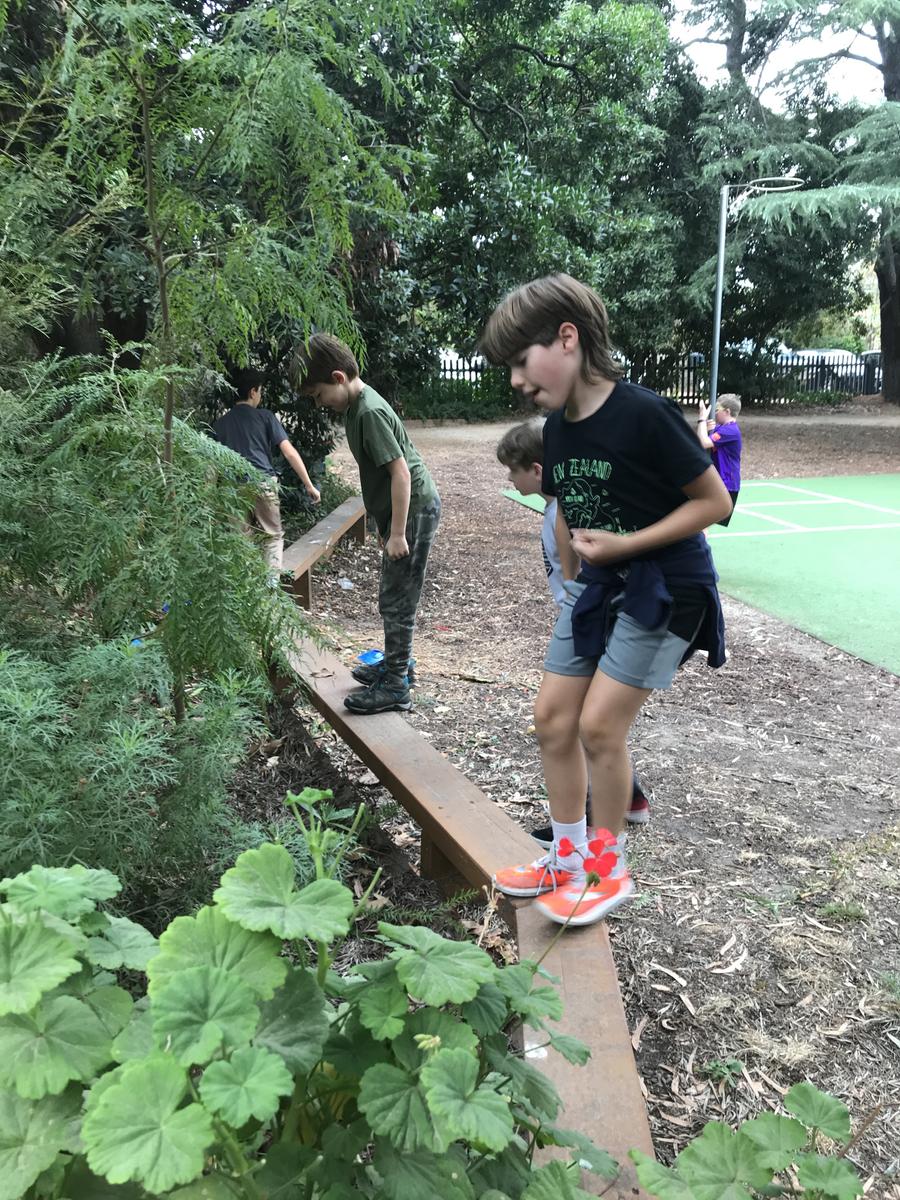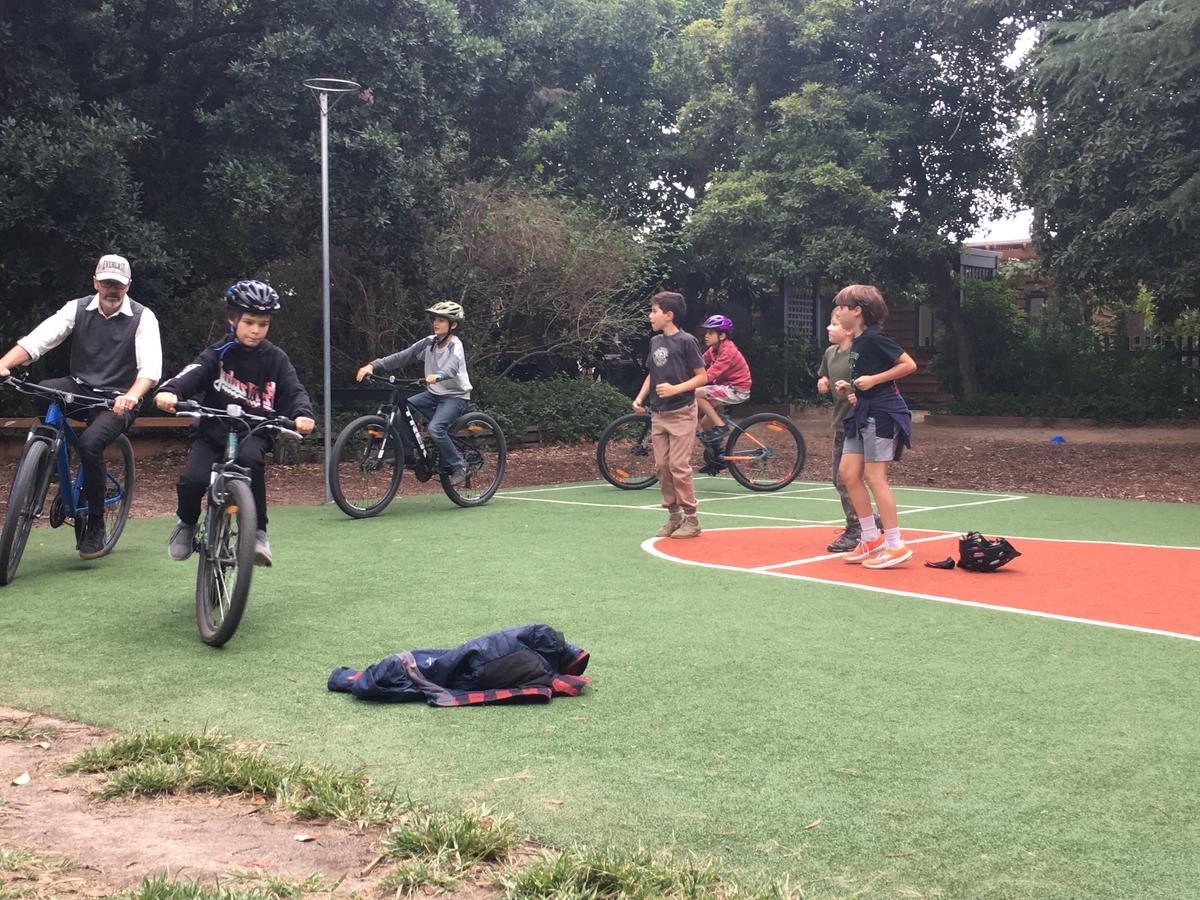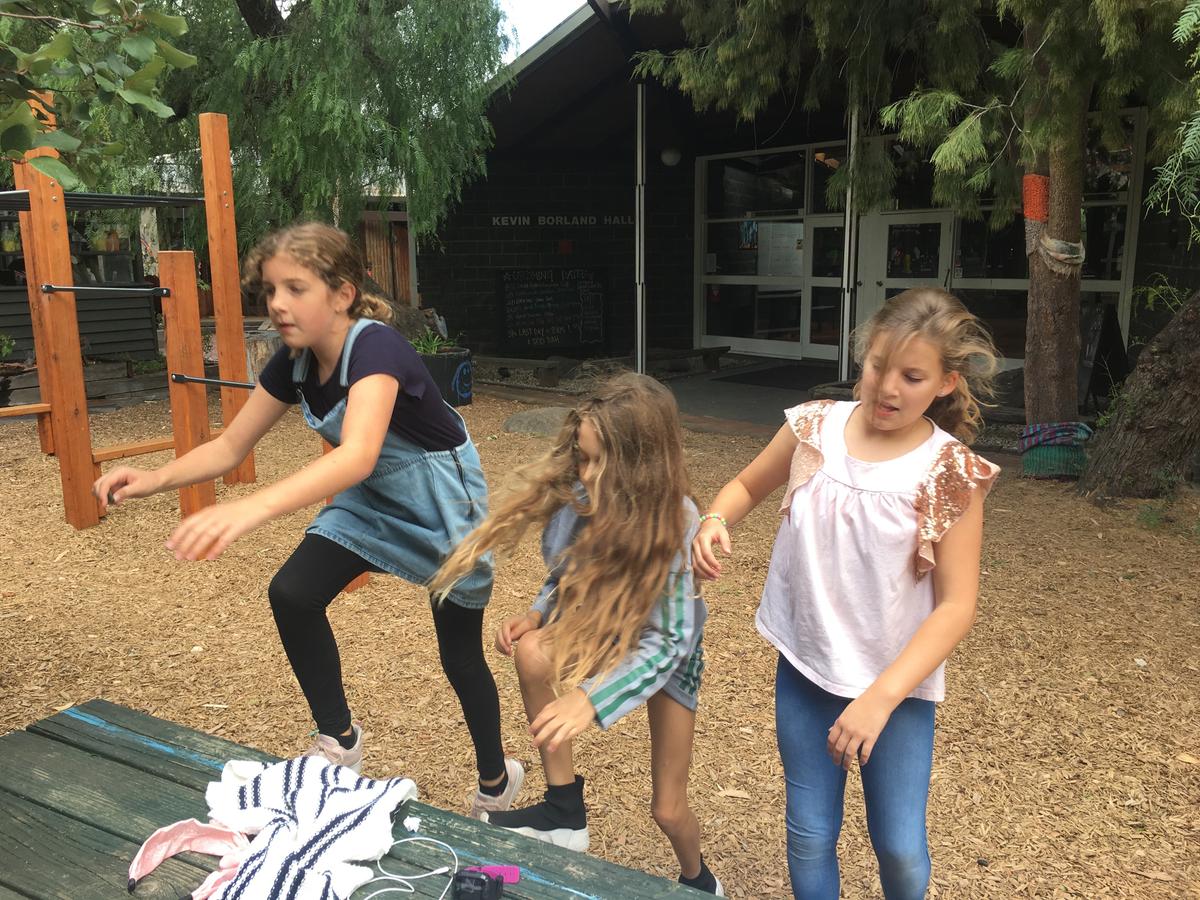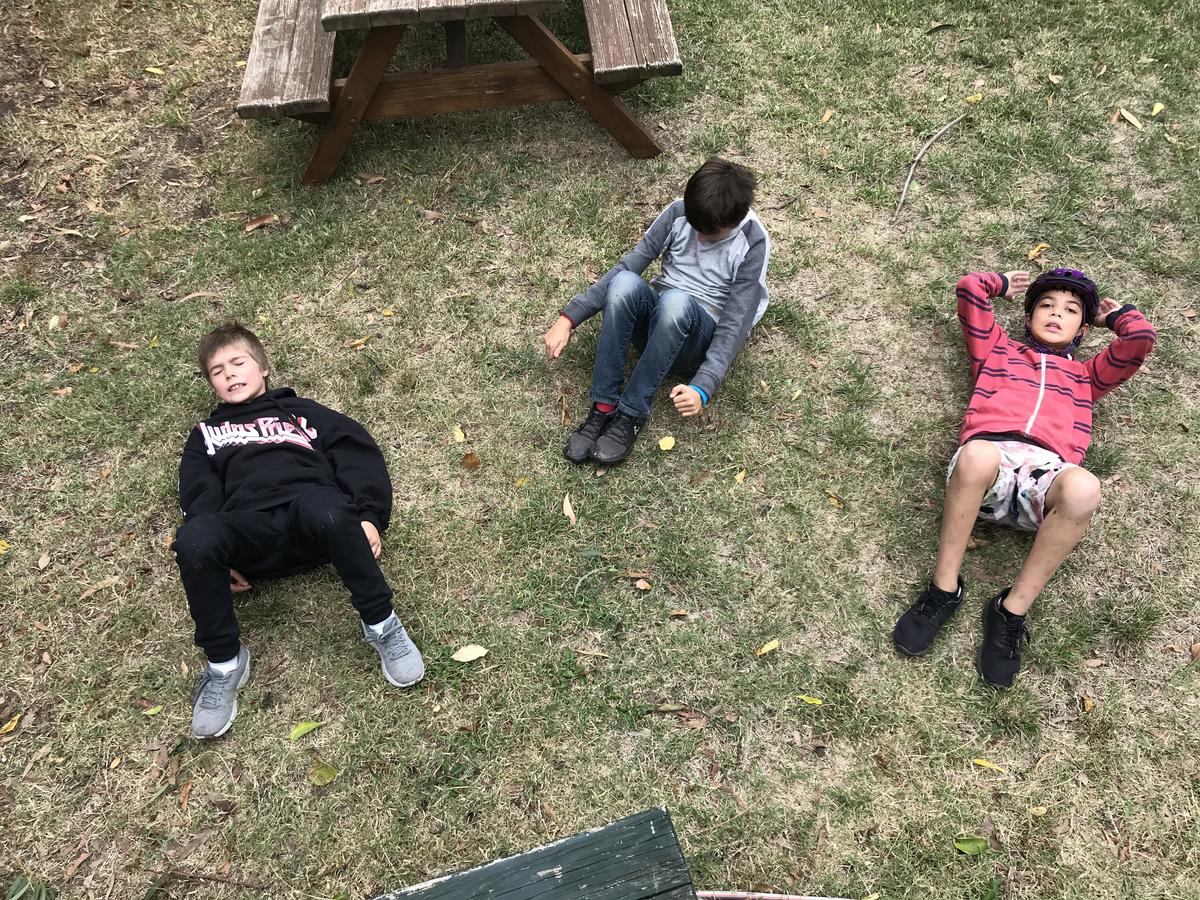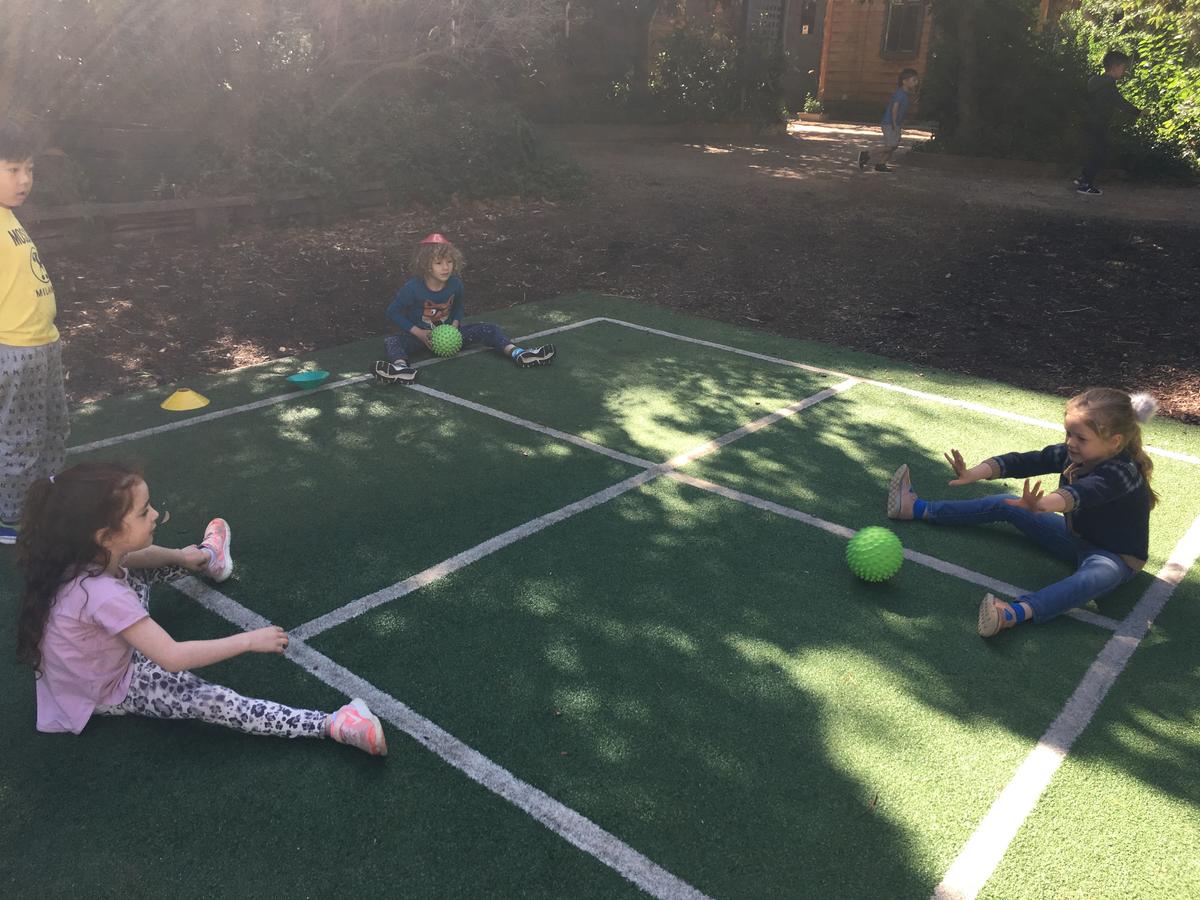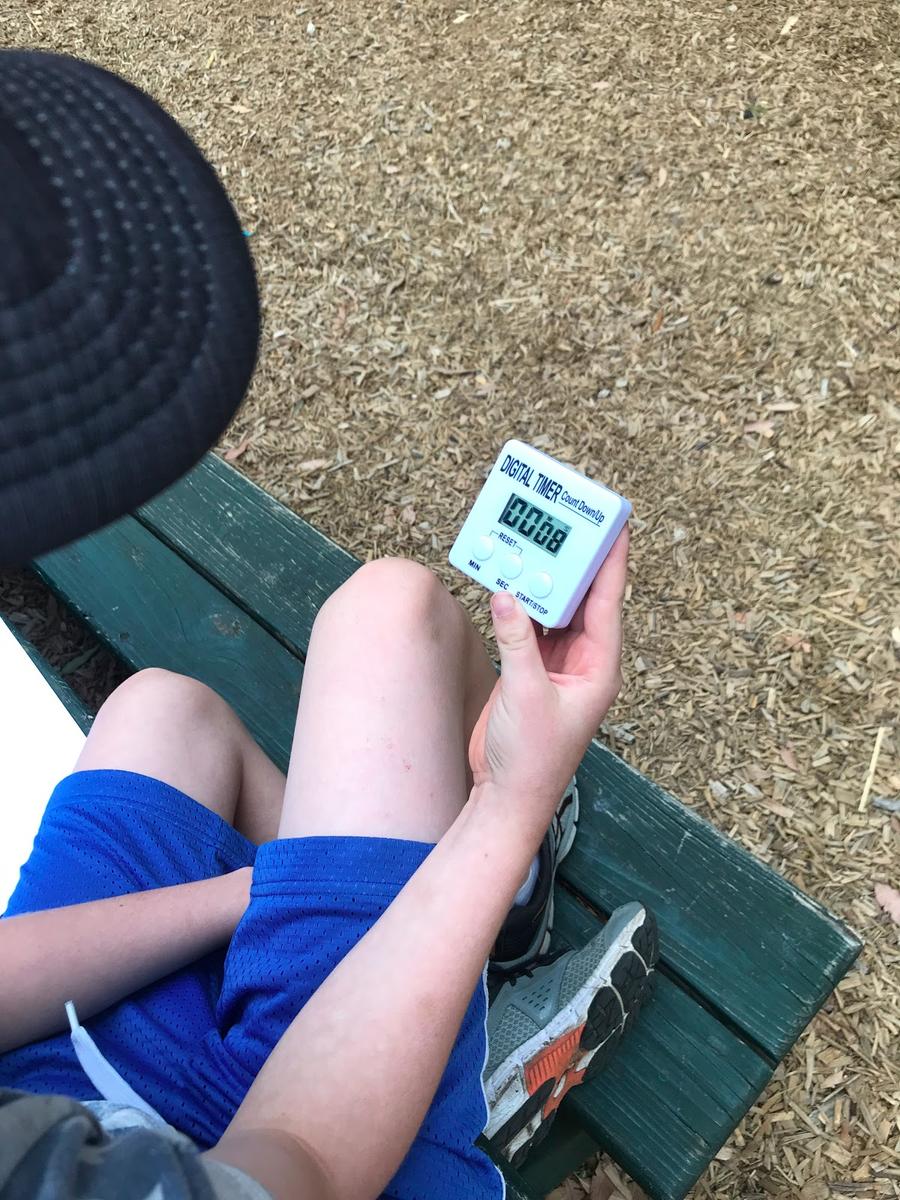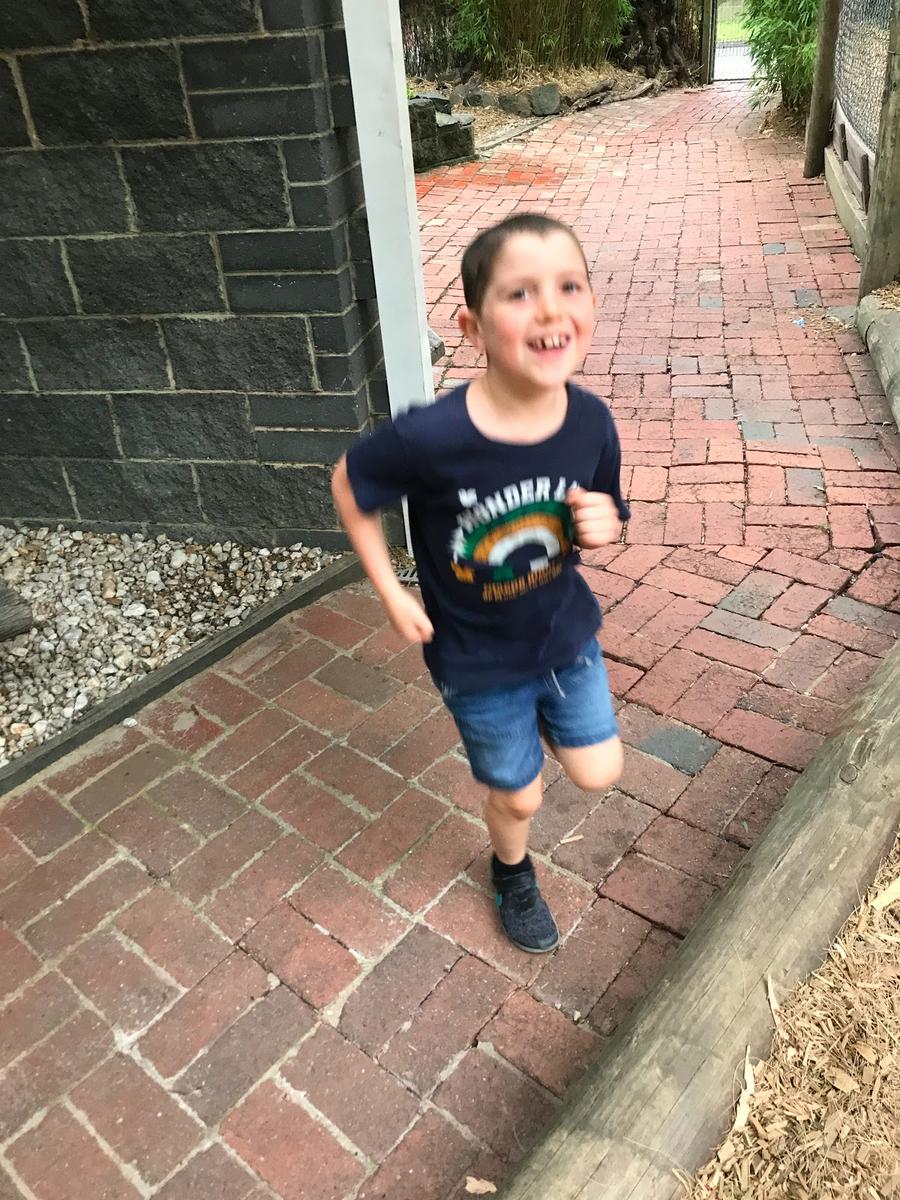Physical Education
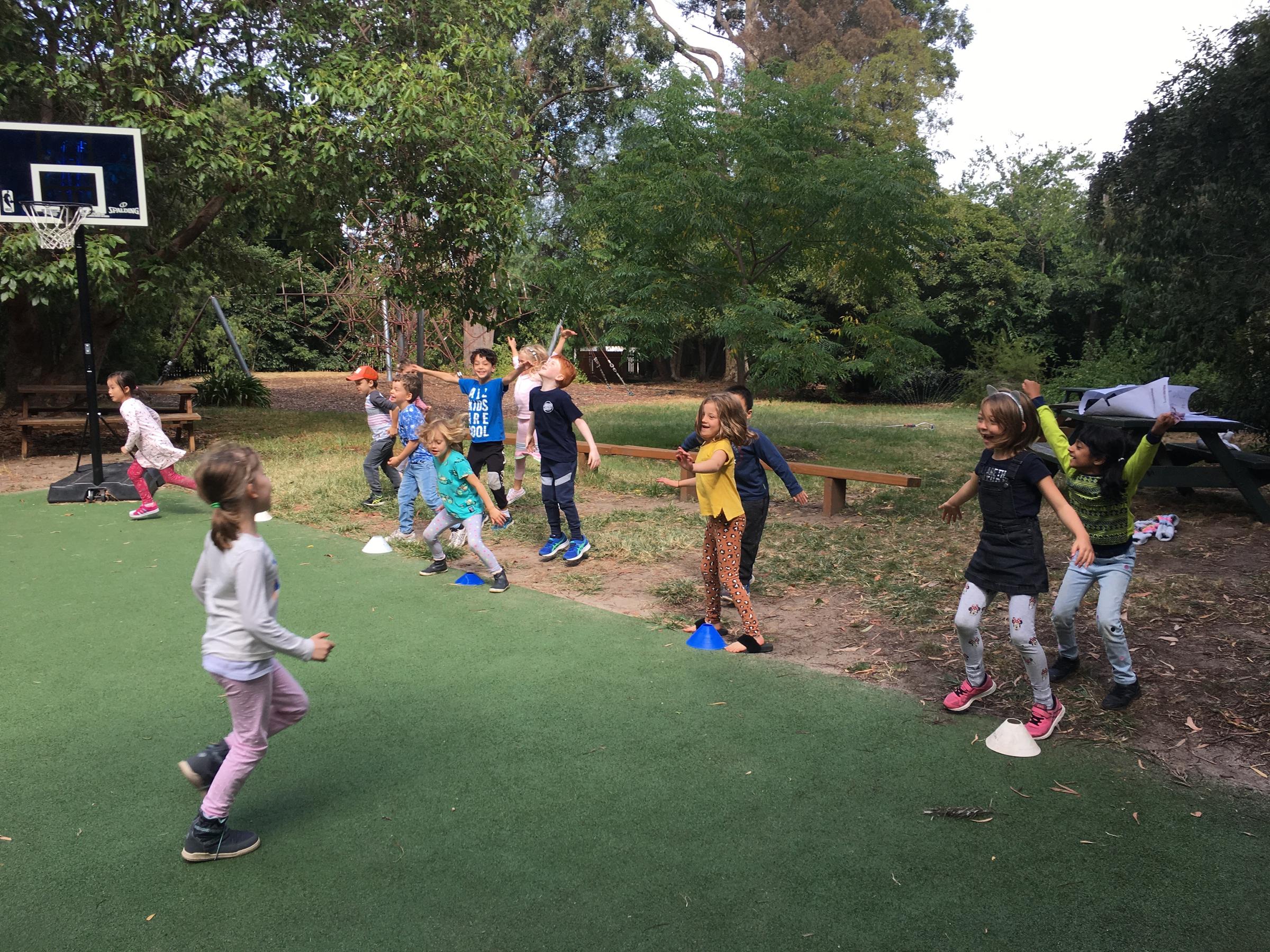
The Science in Exercising
During Term 1 the 6s & 7s, 8 s& 9s and 10s & 11s have been focussing on the active living strand of the PYP personal, social and physical education scope and sequence:
‘Active living is: An understanding of the factors that contribute to developing and maintaining a balanced, healthy lifestyle; the importance of regular physical activity; the body’s response to exercise; the importance of developing basic motor skills; understanding and developing the body’s potential for movement and expression; the importance of nutrition; understanding the causes and possible prevention of ill health; the promotion of safety; rights and the responsibilities we have to ourselves and others to promote well-being; making informed choices and evaluating consequences, and taking action for healthy living now and in the future.’
Our central idea across all groups was ‘Regular exercise can play an important role in our health and well being’; an inquiry into: 'How our bodies change when we exercise'. During the term we shared our existing understandings and learned new information in an effort to collaborate and design an exercise program or obstacle course that improves cardiovascular fitness and potentially flexibility and strength.
Our focus for the 5s is around developing basic motor skills including rolling, catching and throwing a ball and playing cooperatively in a variety of games that required a team working together for success.
The concepts of causation and change were central to the thinking associated with this learning.
- How will we know if our body is changing because of the exercise?
- How can we measure the change and gather data related to the effectiveness of the exercise?
- Is the exercise of a suitable intensity to impact on cardiovascular fitness?
The 6 & 7s recognised changes in the form of sweating, faster breathing, redness in the face and began to develop their ability to take the pulse in order to use data when making decisions about the choice of exercise. How will we know if we are getting fitter?
Lilla - Measure heart beat.
Max - From sweat and how red your face gets.
Pema - Captain Underpants pretends to be fit by sweating.
Pavi - Pikachu has red cheeks.
Max - A way to measure electric watch, put it on your wrist.
The children used pulse rates to determine the effectiveness of the programs that they devised.
How can we increase the intensity of the workout?
Talitha Crawford & Michael Price
PE Teachers

